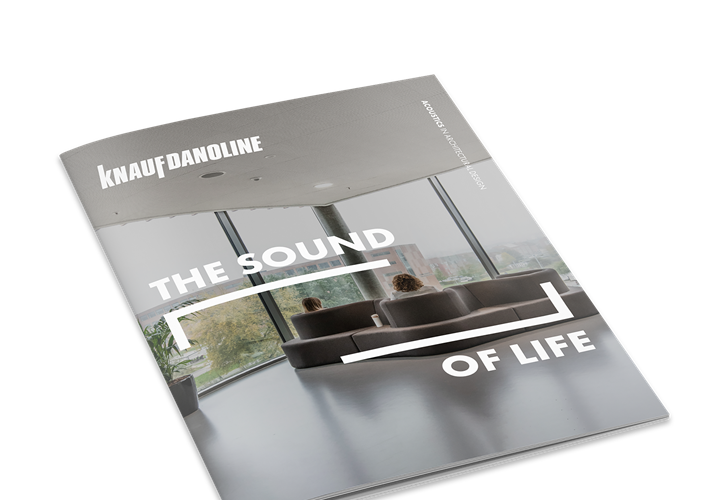Sound moves like ripples in water. It bounces off surfaces and moves in multiple directions, affecting our acoustic experience, whether in a meeting at the office or listening to Chopin on vinyl at home. The way sound is absorbed, reflected, and diffused plays a significant role in maintaining a pleasant and healthy environment.
Poor acoustics can disturb our focus, exacerbate anxiety, increase stress levels and even cause blood pressure problems. However, acoustics are often deprioritised in the process of designing a building. Often, the primary focus is to make the room silent rather than making it sound nice. Here’s why acoustics matter in architectural design.





